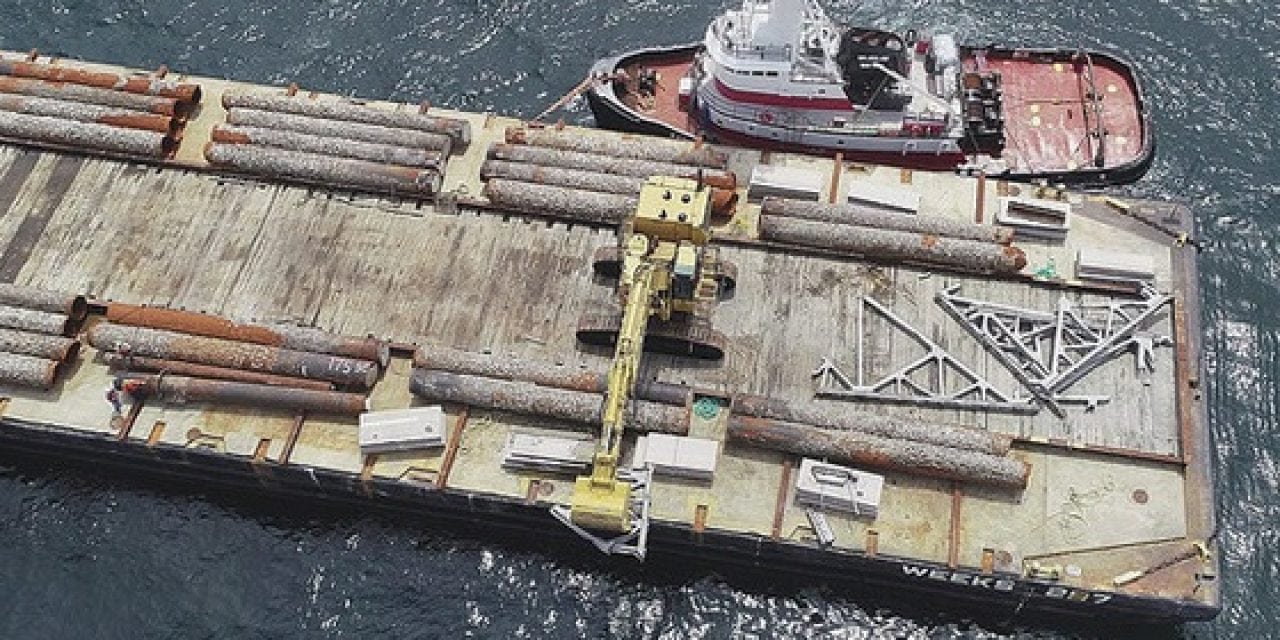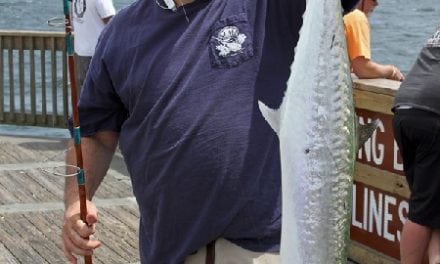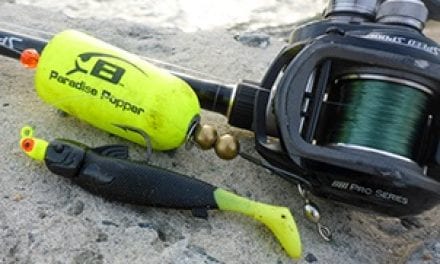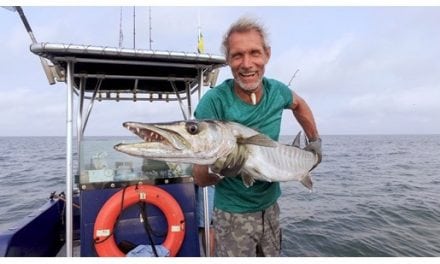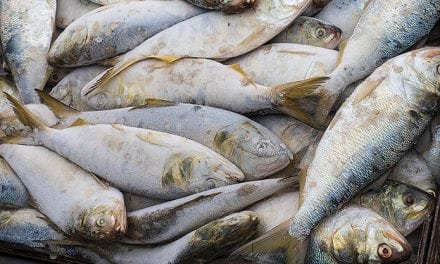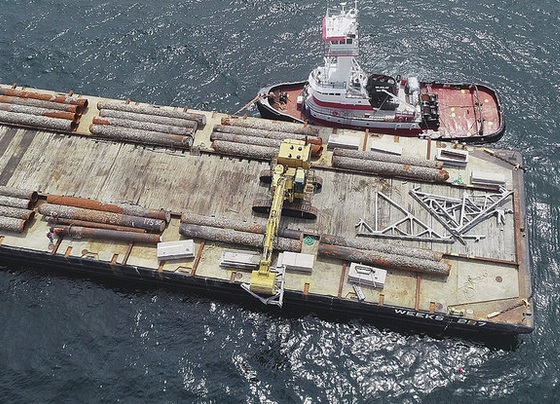 DEC, in coordination with multiple state agencies, is deploying recycled materials to expand and enhance New York’s artificial reefs. This initiative is part of an ongoing effort to develop a stronger, more diverse marine ecosystem and provide additional shelter for fish and other marine life off New York’s shores.
DEC, in coordination with multiple state agencies, is deploying recycled materials to expand and enhance New York’s artificial reefs. This initiative is part of an ongoing effort to develop a stronger, more diverse marine ecosystem and provide additional shelter for fish and other marine life off New York’s shores.
The inaugural deployment in May was at Shinnecock Reef, which included recycled materials from the Tappan Zee Bridge project, the State’s Department of Transportation, and Canal Corporation. Materials used for the expansion are strategically placed to create diverse habitat and increase species diversity. Artificial reefs are built with hard, durable material such as rock, concrete and steel structures, usually in the form of surplus materials that are cleaned of contaminants before being recycled on the reef sites. Once materials settle to the sea floor, blackfish, black sea bass, cod, and summer flounder move in to utilize the habitat, and over time, these recycled structures will become habitat similar to a natural reef. (Photo provided by: Rob Schepis)
A map, site coordinates, and additional information on New York State’s Artificial Reefs (PDF, 914 KB) are available to help plan trips to a New York State artificial reef site. Before visiting one of New York’s artificial reefs, please be familiar with the current NYS Recreational Saltwater Fishing Regulations. If you do plan to fish or dive on one of New York’s artificial reefs, please consider participating in our volunteer reef observation program.
DEC manages 12 artificial reef sites; two reefs in Long Island Sound, two in the Great South Bay, and eight in the Atlantic Ocean. Deployments have been made at Shinnecock, Smithtown, Rockaway, Hempstead, Moriches and Fire Island Reefs this year.
For more information about the material deployments, view DEC’s artificial reef building video on YouTube.
The post New York: Artificial Reef Program Expansion appeared first on .

